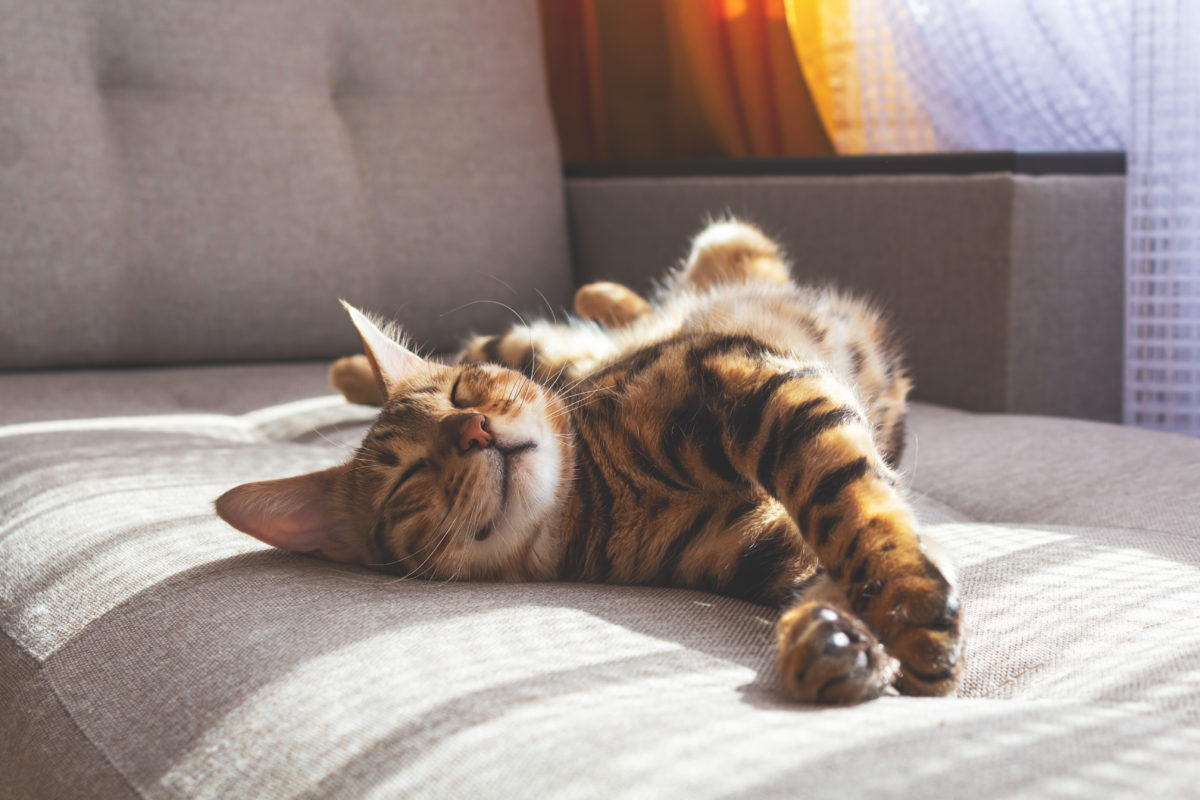Is My Cat in Heat? Signs you should look for

Cats in heat, also known as the feline heat cycle, are a part of a female cat’s reproductive journey. In this article, we’ll explore what happens when a female cat goes into heat, how to recognise the signs of a cat in heat, and when you should seek advice from your vet.
What is a Cat in Heat?
The feline heat cycle, often referred to as “oestrus,” signifies the fertile period in a un-desexed female cat’s reproductive cycle. It’s important to note that ‘in heat’ has nothing to do with body temperature of heatstroke.
When Will My Cat be in Heat?
A female cat’s first heat cycle typically begins when she reaches puberty, this is usually around 6 months of age. However, this age varies from one cat to another. This means non-desexed female cats can become pregnant as early as 5 to 9 months of age.
Unlike female cats, male cats, known as “toms,” don’t won’t ever go into heat. However, they can sense and respond to a female cat in heat as part of their courtship behaviour.
Cats are what’s called ‘seasonally polyoestrus’, meaning they can experience multiple heat cycles during a breeding season. Whether these cycles result in pregnancy depends on mating with a male tom.
Cats are super breeders! Queens can have two litters of kittens in a single breeding season. This can quickly add up; if the average litter of kittens is 3 to 5 or more, then an un-desexed female can have as many as 100 to 200 kittens during her lifetime!
How Long are Cats in Heat?
On average, a feline heat cycle typically spans 5-7 days, but it can vary considerably, ranging from as short as 2 days to as long as 19 days. During this period, the queen will display behavioural signals of receptivity for mating.
If the queen isn’t mated by a male tom, she’ll briefly go out of heat (usually 8-9 days, but this can vary), following this break the queen will enter into another heat cycle. These alternating cycles of entering and exiting heat will persist until the queen either becomes pregnant or is speyed.
Cats start breeding as the daylight hours get longer, in the Southern Hemisphere, this breeding season typically starts around August and can extend throughout the spring and summer months, occasionally lasting until the middle of the following year.
Signs a Cat is in Heat
- Crouching with front legs pressed to the ground and the back raised with tail held to one side in order to present the vulva
- Rolling around on the floor
- Vocalising in order to attract a male tom cats attention
- Restless / hyperactivity
- Increased affection towards owners or caregivers
- Decreased appetite
- Urine spraying / marking on household items & furniture
- Wanting to go outside
Pregnant queens will come out of heat for the pregnancy period of time however most will return to heat about 4 weeks after weaning their kittens.
It is also important to note that some queens may return to heat while nursing their kittens. The only way to stop a female cat from coming into heat (and having kittens) is to spey / desex her.
Book an Appointment Today
If you are concerned that your female cat may be in heat or you would like to discuss possible desexing please call out friendly team at on (03) 9052 3200 or make a booking online today.


